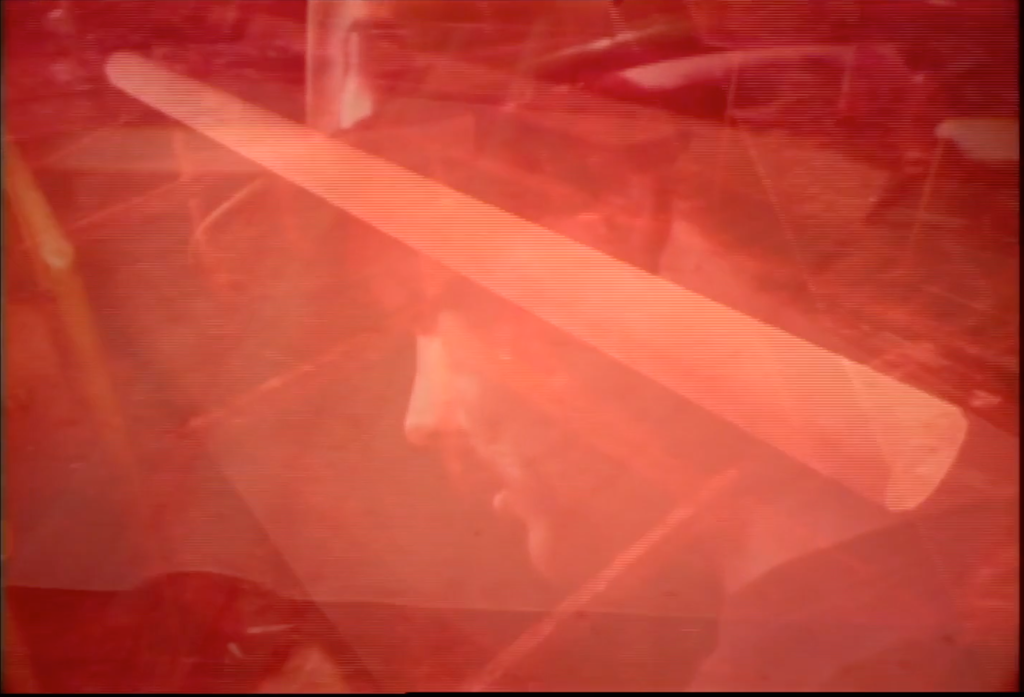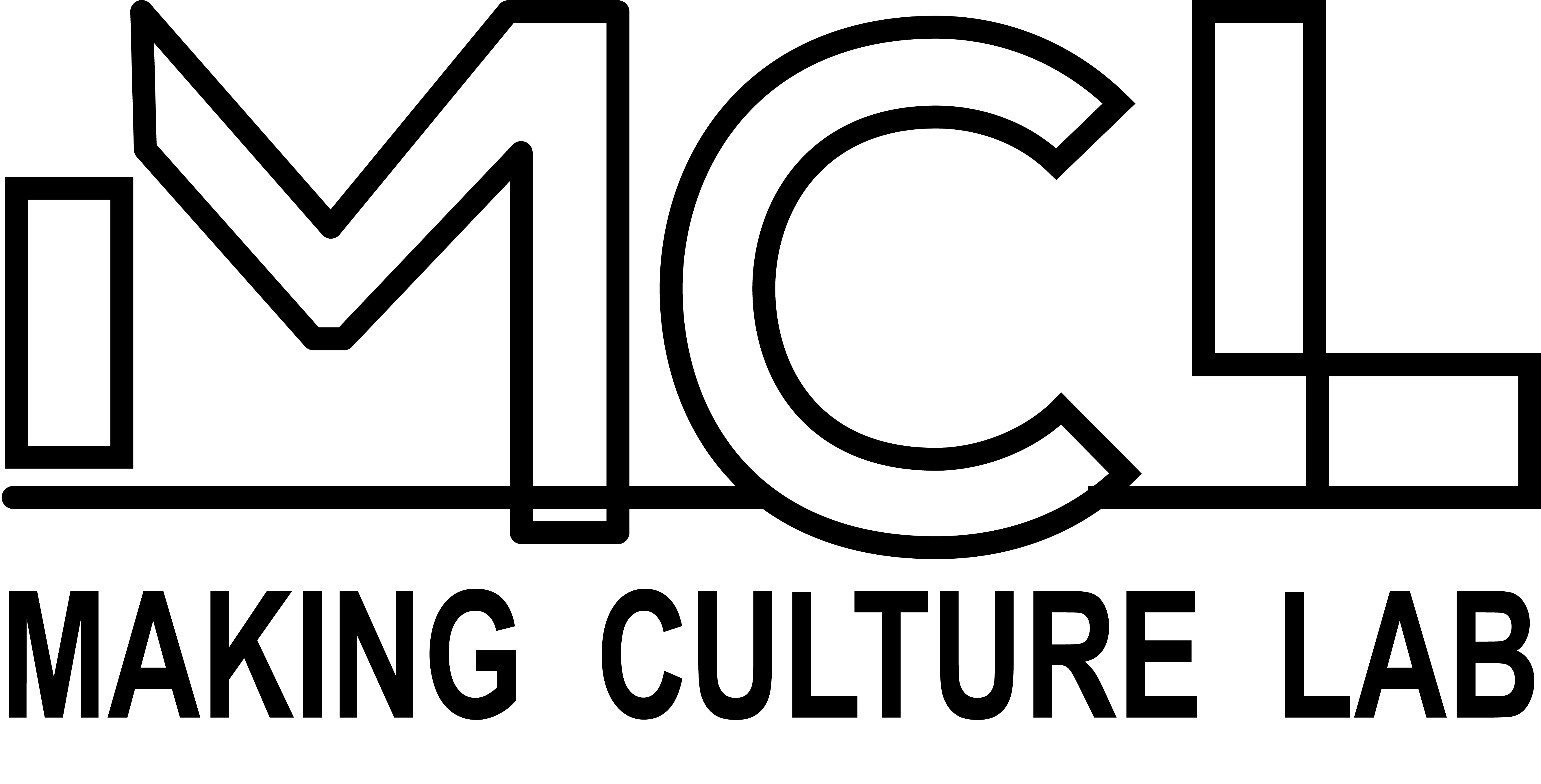Performance: Conservation, Materiality, Knowledge project essay on ‘Anarchival Materiality’
Kate recently met with the exciting Performance: Conservation, Materiality, Knowledge research group in Performance: Conservation, Materiality, Knowledge based at the Bern University of the Arts, Institute Materiality in Arts and Culture, Switzerland. They recently published this short essay on the presentation and work. She discussed questions of conservation of ethnographic documentation and possibilities for the expression of central issues through art practice. She in particular talked about her collaboration with artist-anthropologist Trudi Lynn Smith and their concept of anarchival materiality, and their explorations with magenta film. Our sincere thank you to Julia Pelta Feldman and Hannah Hölling for the invitation to speak and for the very engaging post on our work.
Exploring anarchival materiality with Kate Hennessy
Conservation involves loss. This is true of every medium, era, philosophy, technique, and approach that conservation ever has or ever will encompass. The very notion of conserving necessarily implies that, absent such efforts, cultural products – whether made of wood, magnetic tape, tattoo ink and flesh, or ideas – degrade, attenuate, and eventually disappear.
Among the criticisms of performance conservation is that it attempts to deny or defy this immutable fact. When Marina Abramovic made ample use of what she calls “reperformance” in her 2010 retrospective at New York’s Museum of Modern Art, critics objected that she was trying to bring the dead back to life. I do not wish to address such criticisms here, but I understand and share their root motivation: A desire to acknowledge the inevitability of loss and change, rather than resurrect the past – a fool’s errand, doomed to failure.
It is thus the task of an effective and ethical performance conservation to keep performance alive without attempting to avoid, elide, or erase the distance between here and there, now and then. In other words, we might understand performance conservation as taking the measure of that distance, giving it a presence, translating it into an experience. But how does one measure change – and present or exhibit such measurements?

This question has led me to the work of Kate Hennessy, who is a media anthropologist and director of the Making Culture Lab at Simon Fraser University in British Columbia, as well as a member of the Ethnographic Terminalia Collective. Hennessy approaches cultural heritage from innovative and experimental perspectives, applying scholarly as well as artistic, technological and collaborative methodologies to support and document Indigenous and settler histories. With our focus on preservation, when we met with Hennessy, we asked her about the legacy of “salvage anthropology,” in which predominantly white anthropologists sought to record the cultures of Indigenous groups whose very existence was under threat by encroaching settlers. Of course preservation is important in many complex ways, Hennessy responded, but salvage anthropology is embedded in the colonial practices and philosophies that spurred it. Instead, she emphasized, preservation efforts today have a better chance of success if they are directed from within a community, rather than by researchers outside it. The analogy to performance conservation is imperfect – an artist is, in a sense, a community or culture of one – but it is all too easy for museums to impose their own procedures, rather than letting the artist’s and the work’s needs lead their practices.
Addressing such histories of their discipline, Hennessy and her collaborator Trudi Lynn Smith, an artist and anthropologist, propose the idea of “anarchival materiality,” which they call a “force of entropy in archives and collections.”[1] For Hennessy and Smith, attention to a document’s form and physical substance allows us to identify and conceptualize the implicit gaps and losses in the document’s content and meaning. In particular, anarchival materiality is a tool for questioning the authority and durability of the forms of documentation that have been and, indeed, continue to underlie the field of anthropology. The notion evolved from Hennessy and Smith’s encounters in archives with fugitive materials – that is, unstable materials that, even with preservation efforts, lose their information much more quickly than others. Such materials, they note, spur preservation efforts – climate control, restoration, etc. – but ultimately elude them; loss is inevitable.
One particularly ephemeral and fragile medium – and one that has been crucially important for anthropologists – is color acetate film. Its colors, much more unstable than black and white, deteriorate at different rates and in different ways, leaving a surprisingly vibrant magenta hue. Hennessy and Smith made a new film, To the Burning World (2018), that exploited this symbol and evidence of decay to measure the distance between now and then – in time, but also in ethnographic practice and environmental justice. As they explain,
It is a re-edit of Kelly Duncan’s 1978 film To Build a Better World. The story told by the original film suggests that British Columbia’s forests and plywood industry would have transformative and enduring effects across domestic and industrial worlds. The film promotes capitalist extractivist economies based on timber resources. Following the logic of progress found in the film, this future promises efficient and strong building practices and forest management to be carried out in standardized and predictable ways. In the summer of 2018, while skies over British Columbia glowed magenta and the air was choked with smoke from burning forests, we reworked To Build a Better World to create the digital film loop that slowly layers onto itself until all form is obscured. Our reworking of the magenta film was meant to evoke the extent to which utopian views of natural and industrial worlds have not been realized in the present.[2]

Through anarchival materiality, the new film marks the distance from the original not only in time, but also in meaning and context. It is a conscious and considered use of what was once considered a transparently documentary form. My question is whether we might be able to use anarchival materiality to approach past performance documentation – and perhaps even to reconceptualize how documentation is made in the present.
[1] Trudi Lynn Smith and Kate Hennessy, “Anarchival Materiality in Film Archives: Toward an Anthropology of the Multimodal,” Visual Anthropology Review 36, no. 1 (2020): 114.
[2] Smith and Hennessy, 127.


